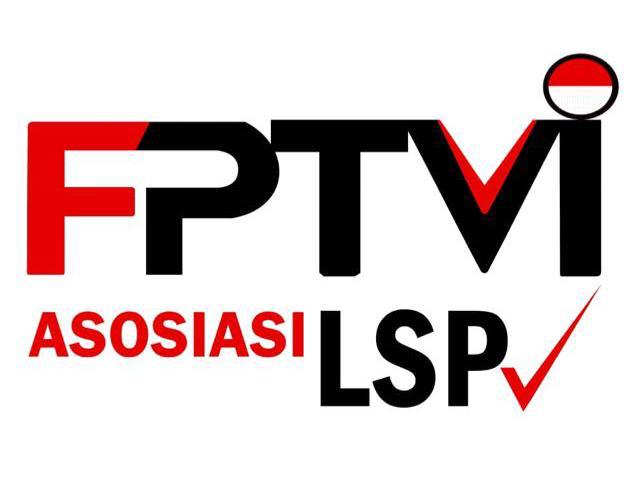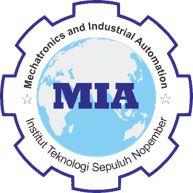Effect of Steam Delignification and Bleaching Process on Pineapple Leaf Fiber as Textile Raw Material
Abstract
Pineapple is a local commodity in Indonesia that is widely cultivated. The part of the pineapple plant that is mostly used is only the fruit part, while the other plant parts are discarded and become waste. Pineapple leaves contain high fiber content of cellulose, lignin, and hemicellulose, so it is very potential if used as an alternative textile raw material. The quality of pineapple leaf fiber can be improved by going through a delignification process using an alkaline solvent with the appropriate concentration and time. This research determine the effect of delignification of pineapple leaf fiber with a solution of Sodium Hydroxide (NaOH), Hydrogen Peroxide (H2O2) and water (H2O) on tensile strength, lignin content and Scanning Electron Microscope (SEM). This research consist of six stages including delignification using 3% NaOH and 3% H2O2, washing, neutralization, preservation, and analysis of pineapple leaf fiber products. The results obtained are pineapple leaf fiber lignin test after delignification and bleaching, the best lignin results are steam delignification at 80°C with 3% NaOH solution and bleaching solution using NaOCl solution obtained 21% lignin content with a tensile strength test of 0.263 kgf/mm2. SEM analysis also showed that there was a loss of material from the fiber surface which indicated that there was degradation due to the addition of bleaching solution. This proves that alkaline treatment can also cause discoloration of natural fibers due to the removal of natural dyes in natural fibers.
Keywords
Full Text:
PDFReferences
A. Karimah et al., “A Comprehensive Review on Natural Fibers: Technological and Socio-Economical Aspects,” Polymers (Basel), vol. 13, no. 24, Dec. 2021, doi: 10.3390/polym13244280.
L. Y. Mwaikambo, “Review of The History, Properties and Application of Plant Fibers,” African Journal of Science and Technology (AJST) Science and Engineering Series, vol. 7, no. 2, pp. 120–133, 2006.
T. Kardiansyah and S. Sugesty, “Pembuatan Pulp Mekanis dari Bahan Baku Nonkayu untuk Kertas Lainer dan Medium,” Seminar Teknologi Pulp dan Kertas, pp. 49–58, 2013.
F. N. M. Padzil et al., “Chemical, Physical and Biological Treatments of Pineapple Leaf Fibres,” Green Energy and Technology, pp. 73–90, 2020, doi: 10.1007/978-981-15-1416-6_5.
D. Trache, M. H. Hussin, M. K. M. Haafiz, and V. K. Thakur, “Recent progress in cellulose nanocrystals: Sources and production,” Nanoscale, vol. 9, no. 5, pp. 1763–1786, 2017, doi: 10.1039/c6nr09494e.
E. W. Gaba, B. O. Asimeng, E. E. Kaufmann, S. K. Katu, E. J. Foster, and E. K. Tiburu, “Mechanical and Structural Characterization of Pineapple Leaf Fiber,” Fibers, vol. 9, no. 8, Aug. 2021, doi: 10.3390/fib9080051.
I. M. Fareez, N. Haque, D. Juin Ooi, A. H. Jasni, and F. A. Aziz, “Physicochemical Properties of Nanocellulose Extracted from Pineapple Leaf Fibres and Its Composites,” in Green Energy and Technology, Springer Science and Business Media Deutschland GmbH, 2020, pp. 167–183. doi: 10.1007/978-981-15-1416-6_9.
S. Mishra, A. K. Mohanty, L. T. Drzal, M. Misra, and G. Hinrichsen, “A Review on Pineapple Leaf Fibers, Sisal Fibers and Their Biocomposites,” Macromol Mater Eng, vol. 289, no. 11, pp. 955–974, Nov. 2004, doi: 10.1002/mame.200400132.
W. E. Triastuti, “Effect of Alkali Treatment on Processing of Pineapple Leaf Fibers,” in AIP Conference Proceedings, American Institute of Physics Inc., Apr. 2021. doi: 10.1063/5.0045348.
D. Devi, D. Astutik, M. N. Cahyanto, and T. F. Djaafar, “Kandungan Lignin, Hemiselulosa dan Selulosa Pelepah Salak pada Perlakuan Awal Secara Fisik Kimia dan Biologi,” Jurnal Ilmiah Rekayasa Pertanian dan Biosistem, vol. 7, no. 2, pp. 273–282, Sep. 2019, doi: 10.29303/jrpb.v7i2.148.
D. B. Prosvirnikov, R. G. Safin, D. F. Ziatdinova, N. F. Timerbaev, and A. R. Sadrtdinov, “Modeling of Delignification Process of Activated Wood and Equipment for its Implementation,” IOP Conf Ser Mater Sci Eng, vol. 221, p. 012009, Jul. 2017, doi: 10.1088/1757-899x/221/1/012009.
K. Sumada, P. Erka Tamara, and F. Alqani, “Kajian Proses Isolasi α - Selulosa dari Limbah Batang Tanaman Manihot Esculenta Crantz yang Efisien,” Jurnal Teknik Kimia, vol. 5, no. 2, pp. 434–438, 2011.
Q. Wang, S. Xiao, S. Q. Shi, and L. Cai, “The Fffect of Delignification on The Properties of Cellulosic Fiber Material,” Holzforschung, vol. 72, no. 6, pp. 443–449, Jun. 2018, doi: 10.1515/hf-2017-0183.
M. K. Bin Bakri, E. Jayamani, S. Hamdan, M. R. Rahman, K. Soon, and A. Kakar, “Fundamental Study on The Effect of Alkaline Treatment on Natural Fibers Structures and Behaviors,” ARPN Journal of Engineering and Applied Sciences, vol. 11, no. 14, pp. 8759–8763, 2016.
DOI: http://dx.doi.org/10.12962%2Fj23378557.v9i2.a17325
Refbacks
- There are currently no refbacks.
This work is licensed under a Creative Commons Attribution 4.0 International License. IPTEK The Journal of Engineering published by Pusat Publikasi Ilmiah, Institut Teknologi Sepuluh Nopember.
Please contact us for order or further information at: email: iptek.joe[at]gmail.com Fax/Telp: 031 5992945. Editorial Office Address: Pusat Riset Building 6th floor, ITS Campus, Sukolilo, Surabaya 60111, Indonesia.








